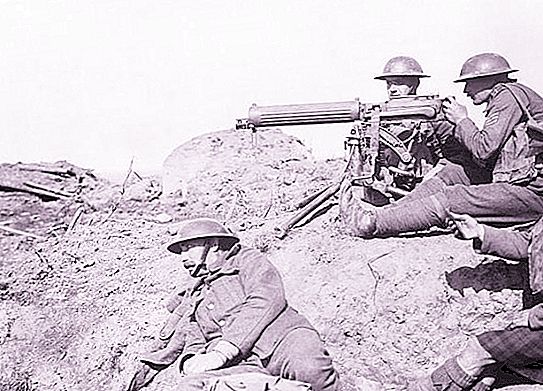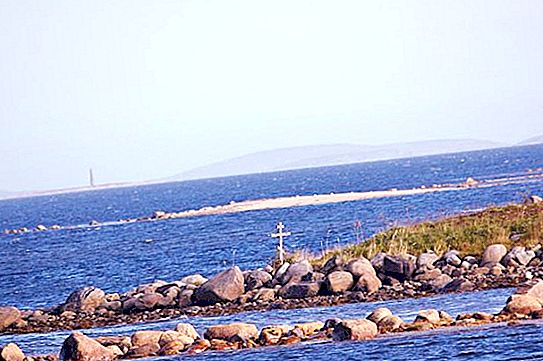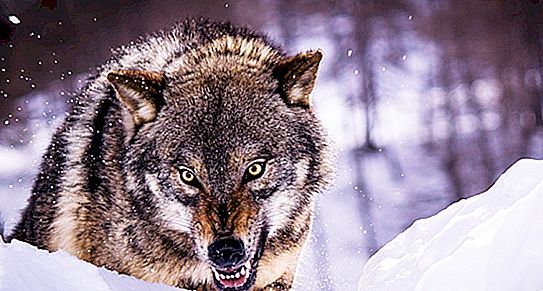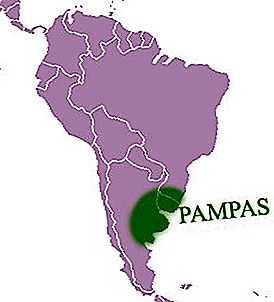In the center of Kostroma is the Museum of Nature of the Kostroma region. Address: st. Dairy Mountain, 3. The place is located on an elevation, between the so-called small Flour Rows. The building in which the museum is open is also interesting for its history. It was built in the nineteenth century and is now an architectural monument. This is an old semi-basement house. It was built of brick, in the style you can feel the influence of classicism.
The museum acquired the official status of an independent cultural institution in 2001 thanks to the Department of Culture of the Kostroma Region and Kostroma. Its symbol is an owl sitting on a branch. Until that time, starting in 1958, there was only a thematic department at the Kostroma Historical and Cultural Museum-Reserve.
The Museum of Nature on Dairy Mountain (Kostroma) during its work has collected several permanent collections.
History of the Museum
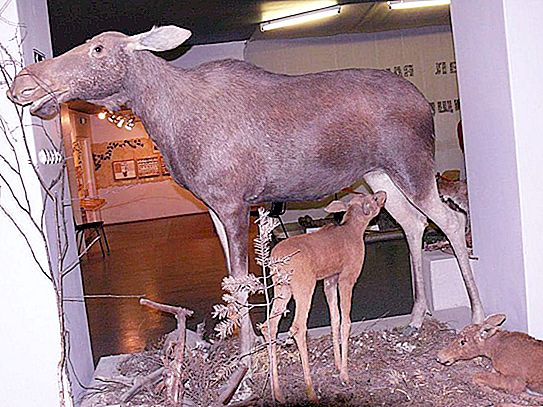
Educational activities to study the nature of the region are closely related to the general rise in social and industrial life observed at the beginning of the twentieth century. The exposition reflecting the richness of the nature of the province was first presented at the industrial and handicraft exhibition dedicated to the 300th anniversary of the Romanov dynasty. The Kostroma Scientific Society for the Study of the Local Territory, which arose in 1912, made a great contribution to the formation of the collections of the future museum. The society had a geological laboratory and several stations: geophysical, biological, ethnological. In 1917, after the October Revolution, it included in its collections the exhibits of the museum of local lore, created on the basis of Romanovsky.
Ivan Mikhailovich Rubinsky, an amateur entomologist and member of the Kostroma court, bequeathed his unique collection of insects to the museum. She was transferred in 1926, after his death. The collection included more than four thousand species of insects living not only in Europe, but also in Asia, America and Africa. The collection has aesthetic, educational and cognitive value.

When the Kostroma State Historical and Architectural Museum was opened in 1958, a nature department was created in its composition.
Events of the 60s - 70s
The museum was attended by many dioramas showing unique scenes from animal life. However, in the sixties, a strong fire broke out in the building, which destroyed the most valuable panoramas, such as the Polar Owl, as well as The Wolf’s Attack on the Elk, and Capercaillie Tok. In the next few years they were completely revived. After that, the exposition of "Animal and Plant World" was presented for display.
Visitors can see various exhibits displayed in the halls during the seasons. It is worth paying tribute to the specialists of the museum, as they replenish its collection every year, restoring and decorating new stands and exhibitions. They are associated with geology, entomology, the emergence of life on the planet. In the 70s of the twentieth century, museum staff until the end designed an exposition dedicated to the geology of the Kostroma region. So the museum worked for almost 50 years. And in 2001, as mentioned above, it became a separate cultural and educational unit.
Contemporary expositions
Officially, the museum has several permanent exhibits with dioramas, exhibitions, interactive zones.
1. Exhibition of animals and birds, protected and rare, hunting and fishing. As part of the Winter exhibition, visitors will be able to see all five months of winter, as residents of Kostroma themselves joke. Since this is an extremely responsible period during the year for all living things, he has a significant place in the Museum of Nature of the Kostroma Region. All wildlife animals and plants adapt differently. As for the fauna, some of the "wild inhabitants" of the Kostroma region hibernate, others lead a nocturnal lifestyle, while others go hunting. One of the most beautiful compositions of the museum is lynx hunting for black grouse.
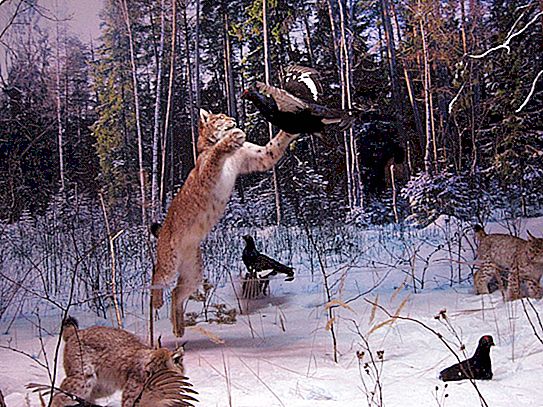
2. The spring exposition in Kostroma, which invites visitors to see the beauty of the awakening nature, the nesting of birds and how animals depart from hibernation.
3. Exposition of insects, including butterflies, from the collection of Rubinsky I. M., which was described above. It is worth talking about the insectarium. There visitors are invited to observe live insects.
Even in the modern museum, the exhibition "Born by the Earth" is open, in the framework of which semi-precious metals and ores are exhibited. The Mesozoic collection also deserves attention, as part of which an episode from the life of a marine dinosaur, which reached four meters in length, was recreated.
Museum today
Now restoration work is underway in the Museum of Nature of the Kostroma Region, but at the same time it remains open to visitors. Permanent exhibitions offer for general viewing over four thousand exhibits, including stuffed animals and birds, insects, as well as rocks in which the remains of ancient flora and fauna are preserved. Now in the Museum of Nature there are over three and a half thousand exhibits. At the same time, more than one and a half thousand are exhibited in the halls and almost two thousand in the scientific and auxiliary sector.

